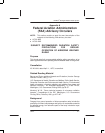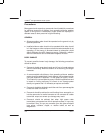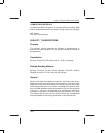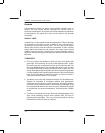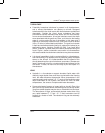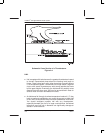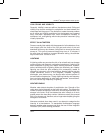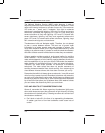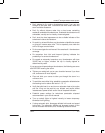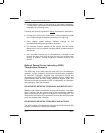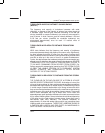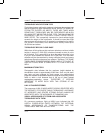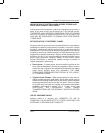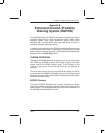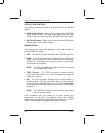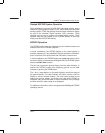
PRIMUS
R
660 Digital Weather Radar System
A28–1146–111
REV 2 A–9
Federal Aviation Administration (FAA) Advisory Circulars
D Don’t attempt to fly under a thunderstorm even if you can see
through to the other side. Turbulence and wind shear under the
storm could be disastrous.
D Don’t fly without airborne radar into a cloud mass containing
scattered embedded thunderstorms. Scattered thunderstorms not
embedded, usually can be visually circumnavigated.
D Don’t trust the visual appearance to be a reliable indicator of the
turbulence inside a thunderstorm.
D Do avoid, by at least 20 miles, any thunderstorm identified as severe
or giving an intense radar echo. This is especially true under the
anvil of a large cumulonimbus.
D Do circumnavigate the entire area if the area has 6/1 thunderstorm
coverage.
D Do remember that vivid and frequent lightning indicates the
probability of a severe thunderstorm.
D Do regard as extremely hazardous, any thunderstorm with tops
35,000 feet or higher, whether the top is visually sighted or
determined by radar.
If you cannot avoid penetrating a thunderstorm, the following are some
do’s BEFORE entering the storm.
D Tighten your safety belt, put on your shoulder harness if you have
one, and secure all loose objects.
D Plan and hold your course to take you through the storm in a
minimum time.
D To avoid the most critical icing, establish a penetration altitude below
the freezing level or above the level of –15 _C.
D Verify that pitot heat is on and turn on carburetor heat or jet engine
anti–ice. Icing can be rapid at any altitude and cause almost
instantaneous power failure and/or loss of airspeed indication.
D Establish power settings for turbulence penetration airspeed
recommended in your aircraft manual.
D Turn up cockpit lights to highest intensity to lessen temporary
blindness from lightning.
D If using automatic pilot, disengage altitude hold mode and speed
hold mode. The automatic altitude and airspeed controls of the
aircraft increase maneuvers, thus increasing structural stress.



